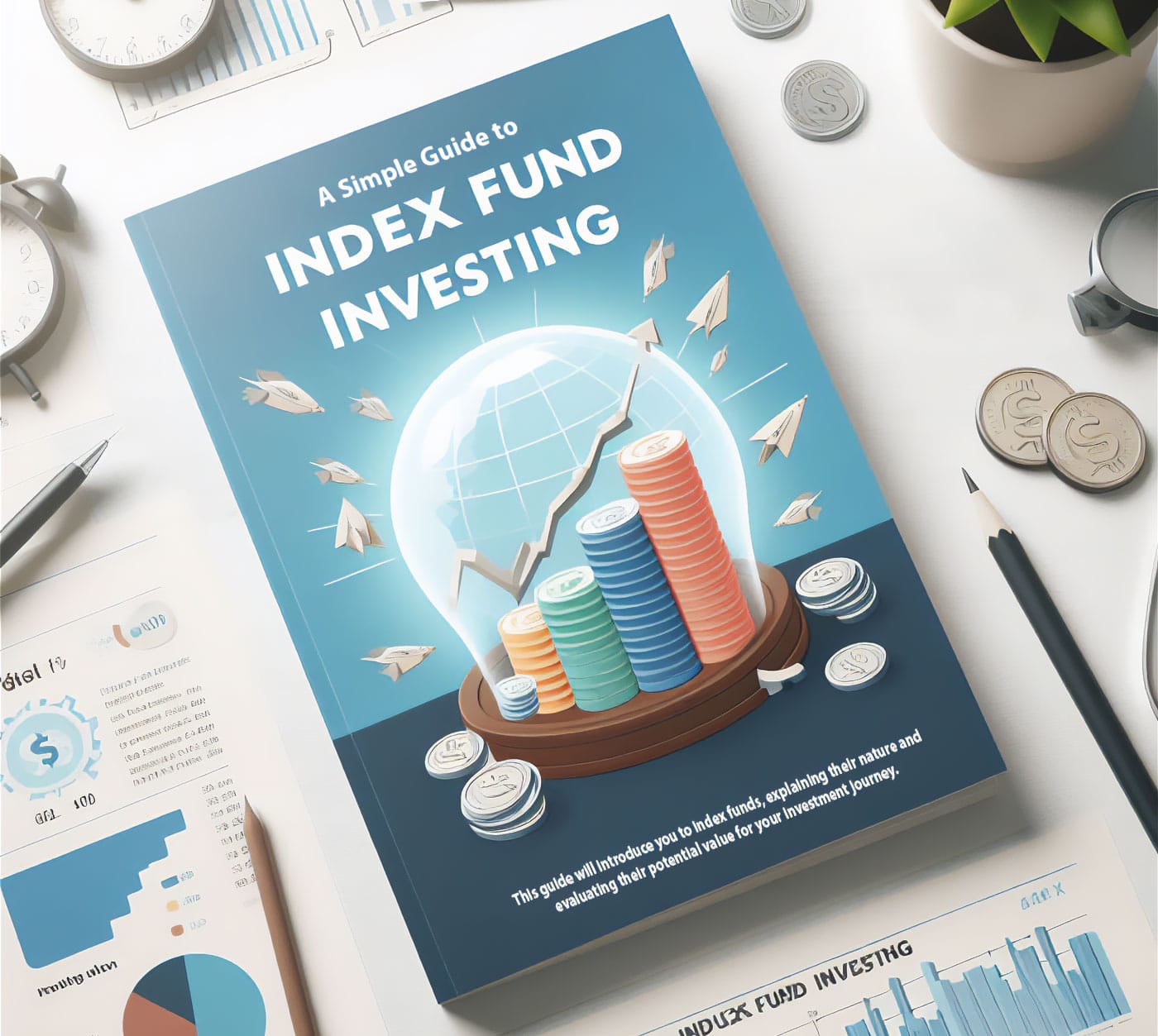But compared to a short-term investment, what is the general return of a long-term investment? And what are the best strategies to pursue?
Let's consider the essential elements of a successful long-term investment strategy.
What Is a Long Term Investment?
A long-term investment is fundamentally an asset acquired for the purpose of generating returns over a prolonged period, typically spanning several years or more. It's like planting a seed in your financial garden, where you nurture it with patience, aiming for steady and sustainable growth.
How long is a long term investment?
Contrasting sharply with short-term investments, which are often held and sold within a span of a year or less, long-term investments represent a commitment to retain assets for a significantly extended duration. Typically, this means holding onto these investments for periods ranging from five years to several decades.
Investors who choose this path are usually braced for enduring market fluctuations and embracing the associated risks. The objective is to focus on the long-haul, allowing these investments to mature and grow, ultimately aiming for their long-term growth potential to eclipse any short-term market instabilities.
Benefits of Long Term Investment Strategies
One common advantage of a long-term investment is the power of compounding — earnings from an asset are reinvested to generate their own earnings. That said, here are some more benefits of long term investment strategies:
- Time to recover from dips. Short-term market fluctuations can be stressful and lead to rash decisions. Long term investment strategies offer lower volatility and the opportunity to ride out market downturns, often resulting in a more favorable risk-reward ratio.
- Lower transaction costs. Trading frequently can result in high transaction fees and taxes. Long-term investing minimizes these costs because it involves fewer buy and sell transactions.
- Benefit from dividends and interest. Long-term investments in dividend-paying stocks or interest-bearing assets provide an additional income stream and can be reinvested to further enhance the compounding effect.
- Tax efficiency. Generally, long-term investments are taxed at a lower rate compared to short-term investments. Holding assets for longer can reduce the tax burden on capital gains.
- Opportunity for extended research. Investors with a long-term perspective have more time to research and understand their investments, leading to more informed decisions.
The Best Long Term Investment Strategy Options
The long term investment strategy options outlined below provide significant potential for growth once the right assets are selected. Here is an overview of some key strategies:
- Buy and Hold. This investment strategy involves purchasing high-quality assets and holding them through market ups and downs, often rewarded by appreciating value over time.
- Dividend Growth investing. A strategy focusing on companies that not only pay dividends but consistently increase them, providing a growing income stream and inflation protection.
- Index Fund investing. Known for its diversification and lower costs, investing in index funds allows investors to mirror the performance of a market index, harnessing the market's overall growth.
- Dollar-Cost Averaging. By investing a fixed amount regularly, investors can mitigate the impact of market volatility, buying more shares when prices are low and fewer when prices are high.
- Growth and Value investing. Growth investing targets companies expected to grow at an above-average rate, while value investing seeks out undervalued companies with strong fundamentals, each strategy catering to different investor profiles.
Implementing Your Long Term Investment Strategy
Choosing a long term investment strategy can get confusing. So, here are some ways you can make the process easier and build a diversified portfolio for constant growth.
- Assess your financial situation. Set clear goals and determine what you want to achieve with your investments (e.g., saving for retirement, or buying a house).
- Understand your risk tolerance. Know how much risk you can handle. Are you okay with big market swings, or do you prefer a more stable investment?
- Choose the investment period. The long term investment definition clearly describes standard periods of 10 to 20 years that can often withstand market ups and downs better.
- Diversify your portfolio. Consider a mix of different investment types (stocks, bonds, real estate) to spread risk. If regular income is a priority, look for investments that offer steady and growing dividends.
- Manage and review your investments. Keep an eye on how your investments are performing — don’t just sit and forget. Also, be prepared to make changes to your investments if your financial situation or goals change, or if the market shifts significantly.
Long-term investment strategies offer a path to financial growth that is both resilient and rewarding. By combining wise strategic choices and adhering to principles of diversification and regular portfolio assessment, you can navigate the complexities of the market with confidence.
Wishing you a fruitful and profitable investing journey!








